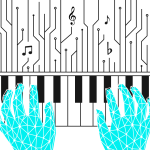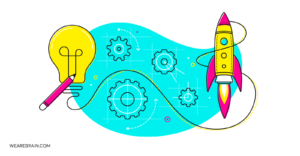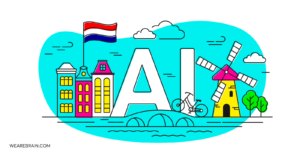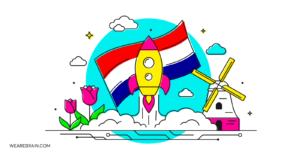7 strategies to understand and work with AI
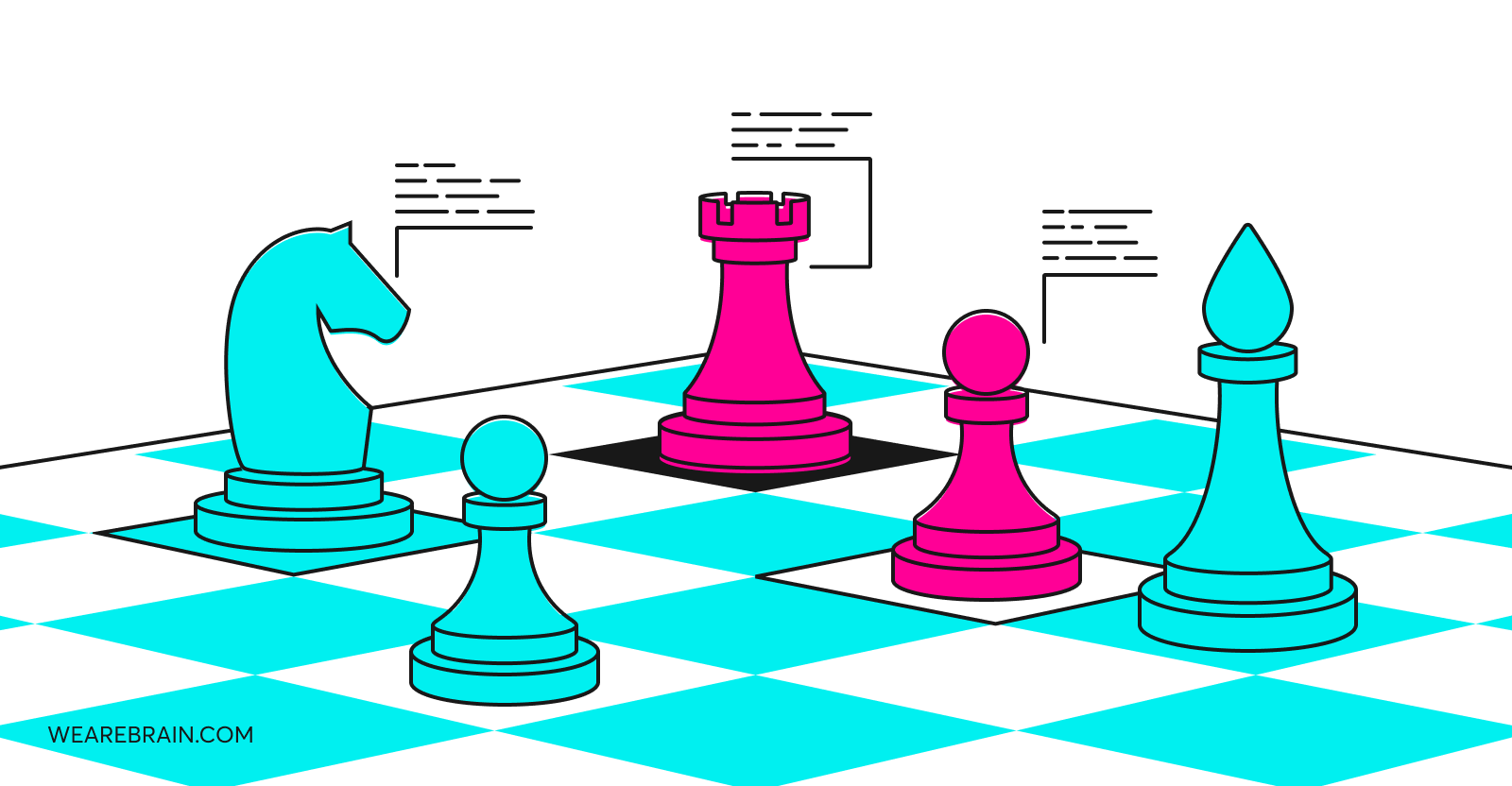
A little over a year ago, Midjourney burst onto the scene with its eponymous open-source text-to-image generator and caught the world off guard. We all knew that artificial intelligence (AI) commoditisation and machine learning (ML) were advancing at a rapid pace, but seeing it work in such an accessible form felt like pure magic.
Fast forward to today, and it seems like there’s a new mind-blowing AI application popping up every week utilising various types of AI in interesting ways. Even AI influencers are selling us products and people jive to AI-created music. Keeping up with all the excitement and making sense of it can be a real challenge. Thankfully, some of the best artificial intelligence books have been released to help guide us through embracing and understanding this technology.
Let’s be honest, there have been plenty of predictions about the future, but most of them are just wishful thinking or wild speculation. However, one thing we can confidently predict is that AI is here to stay, and it’s going to continue to shake things up in terms of the way we work and live.
So, how do we navigate this exciting new world where AI’s potential is just starting to unfold? How do we wrap our heads around it, collaborate with it, and build a relationship with it?
These burning questions intrigue me because it isn’t simply a matter of being for or against AI. It’s something we need to embrace and adapt to. We have to find new ways to coexist with this technology and redefine our connection to it.
Let’s take a look at 7 playful perspectives on AI to help us better understand and explore it, and how to leverage its power to suit our everyday lives.
1. Be curious: embrace the change
Amidst all the buzz surrounding AI, from gloomy predictions of an AI doomsday (see the AI Control Problem) to the boundless potential for new opportunities, one thing is certain: AI is here to stay.
Love it or hate it, AI is an unstoppable force that is only just getting started. We can’t say for certain how it will develop or what impact it will have on our lives in the future, but we can be sure that it will continue to evolve and leave its mark everywhere.
Instead of burying our heads in the sand and waiting to see what happens, the smartest approach is to be curious, embrace the changes, and actively shape the future.
Remember, the best way to predict the future is to create it. So let’s roll up our sleeves and get involved!
2. Output is not the same as creativity
AI’s capabilities are truly impressive. These systems can instantly generate unique and polished outputs by combining massive amounts of inputs from a bunch of different sources. And the best part? They keep improving all the time.
With the rise in popularity and accessibility of AI-powered text and image generators, it’s totally understandable that people in the creative industry might feel a bit uneasy about the future.
However, let’s keep in mind that true creativity is more than just creating things that look nice on the surface. It’s about asking the right questions, thinking outside the box, and finding innovative solutions that are truly unique and tailored to the problem at hand.
While AI algorithms are excellent at handling data and making connections, they don’t quite grasp the emotional depth, personal experiences, and contextual understanding that make human creativity truly remarkable.
3. It’s a tool, not a person
Have you ever started a ChatGPT prompt with “Can you” or “Would you”? Maybe you’ve even thrown in a “Thanks!” after getting some output. I know I did!
As humans, we tend to see human-like qualities in things that aren’t human, like animals or objects. So when an AI system responds to us using language that sounds like a person, we naturally treat it as one. And even though it can be pretty entertaining to argue with a chatbot, let’s not forget what it really is: a tool made by humans.
Recognising AI as a tool helps us have realistic expectations and ensures we don’t forget that it’s not a real person. This perspective allows us to make the most of AI’s capabilities while also being aware of the ethical and responsible use of this powerful technology
4. Rethink AI as Augmented Intelligence
Let’s change our perspective and look at AI as “Augmented Intelligence”. Instead of trying to copy or replace human intelligence, Augmented Intelligence works alongside us, enhancing our abilities with advanced computer tools. It’s like having a helpful companion that makes things a little easier and helps us achieve better outcomes.
Think about it in the context of design. Augmented Intelligence becomes your creative partner-in-crime, boosting your skills and unleashing your imagination. It takes care of those repetitive tasks, drops some data-driven insights, and even sparks fresh ideas. By bringing AI into your workflow, you become an unstoppable force of creativity and efficiency.
So, let’s embrace this concept of Augmented Intelligence and explore the potential it holds. It’s about working together with technology to enhance our own abilities and achieve greater success.
5. Be aware of ethical issues
AI isn’t just about fancy algorithms and cool technology. It also raises ethical concerns that we can’t ignore. One big issue is bias. AI systems rely on human-curated datasets, which can introduce biases. These biases can then influence decisions and outcomes, which isn’t fair.
But it’s not only about biases. AI can make important decisions that impact people’s lives, like hiring or loan approvals. We can’t afford to have AI making unfair or discriminatory choices. That’s why it’s essential to address the ethical considerations of AI. We need transparency, accountability, and fairness in AI systems. It’s a shared responsibility, from creators to users.
Let’s not just get caught up in the excitement of AI. Let’s also be mindful of the ethical implications and work towards creating AI that is both smart and fair.
6. Understand the black box
While the technology and algorithms behind AI can get pretty complex, even the creators themselves don’t always know exactly how their systems work. But here’s the thing: AI isn’t some magical wisdom stone or a genie with all the answers.
Behind AI, there are some really cool patterns and rational technologies that are worth diving into. It’s good to know how those massive datasets are mined, how much humans are involved, and how bias can creep into the results. To work with AI and feel like you’ve got a handle on it, you need to have a solid mental picture of how it functions.
You know what they say: “Unknown makes unloved.” So, let’s start by understanding the basics and you’ll see that AI isn’t as mind-boggling as you might think.
7. Play!
We’re still in the early stages of this new technology, and like with any innovation, its potential uses are yet to be fully discovered. History has shown that our initial assumptions can be completely off the mark.
Humans are naturally playful beings. We love taking things, flipping them around, and doing the unexpected. Playfulness fuels innovation by leading us to unexplored territories and exciting discoveries.
Imagine AI as a gigantic universe with countless uncharted planets or a playground brimming with infinite possibilities. What happens when we connect A with B? How about trying something completely out of the box?
Let’s not forget to have fun with this new technology, and do what we humans (and kittens) do best: play with it!
Martijn Hinfelaar
Working Machines
An executive’s guide to AI and Intelligent Automation. Working Machines takes a look at how the renewed vigour for the development of Artificial Intelligence and Intelligent Automation technology has begun to change how businesses operate.


